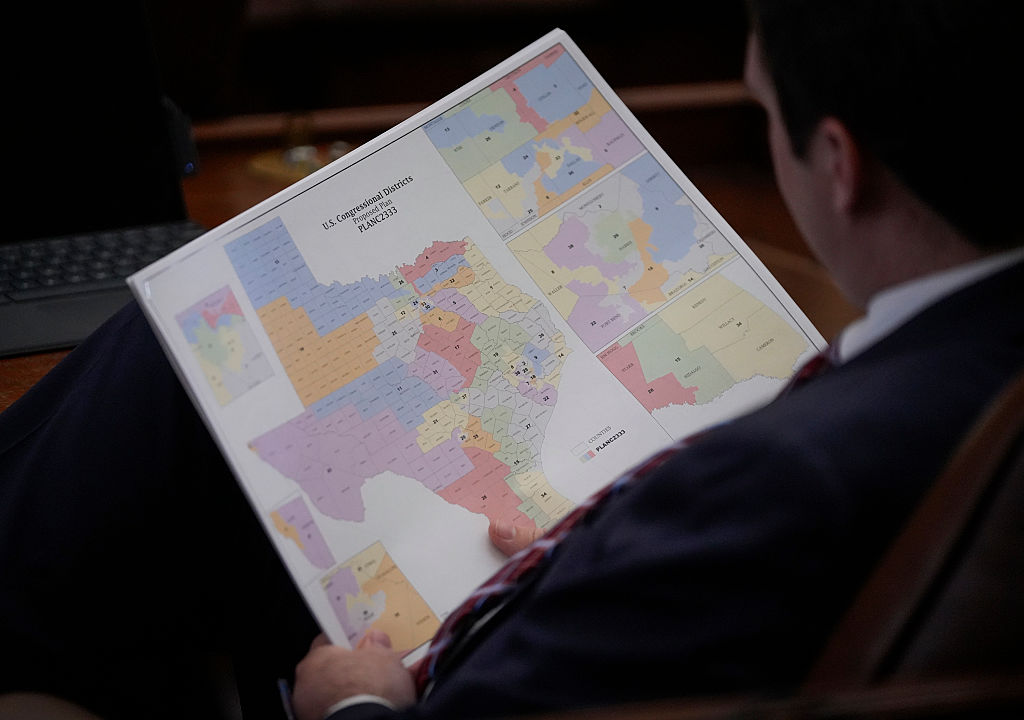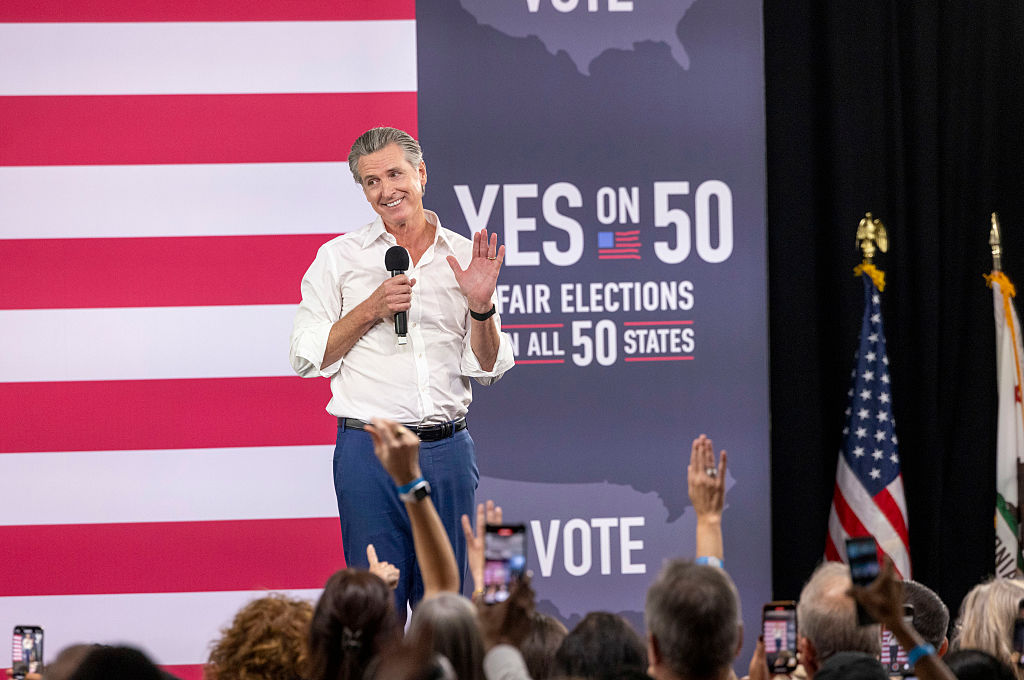Gavin Newsom once touted California as the fossil fuel industry’s “foe.”
In 2024 he declared energy workers “the polluted heart of the climate crisis.” Together with Attorney General Rob Bonta he famously filed an outlandish climate lawsuit in 2023 demanding oil majors pay the costs of climate change.
And under Newsom anti-energy lawfare has been coupled with burdensome environmental regulations, delays in permitting and punitive legislation such as a pledge to end oil drilling across the state by 2045.
But now, a decade since the madness started, the strategy has turned out to be a dud.
The “bold” climate plan has produced no reliable or affordable alternatives to oil and gas – and has even forced major refineries to up and leave. Phillips 66’s and Valero’s upcoming exits from the state spell disaster. The two refineries represent a significant percentage of the state’s refining capacity.
With less supply and demand only increasing, prices will likely rise even further for Californians who already face the highest gas prices in the nation.
That looming crisis has forced Sacramento to reverse course. California state lawmakers recently agreed on a sweeping energy and climate package that focused on affordability – and included plans to ease permitting requirements for up to 2,000 new oil wells per year.
The move is proving popular even with members of Newsom’s own party. Democratic State Senator Henry Stern: “Call me born again, but I have seen the light on exactly what you’re [Republican colleagues] talking about. Kern County should be unleashed.”
Kern county, where the new wells will be created, is home to about three quarters of the state’s crude production, and the new bill locks in approvals through 2036. It is a small step of certainty in a state that has created one of the most uncertain environments for energy investment.
Matt Rodriguez, a longtime Democratic consultant, outlined Newsom’s current thinking, especially as the governor is rumored to be considering running in the 2028 presidential campaign: “The reality is that gas prices are higher here than the rest of the nation. That’s just undeniable. If there are storm clouds on the horizon, you can’t just sit there and ignore it… Any way that he can keep gas prices from ballooning, that’s his imperative.”
The state shift on energy followed other legislative attacks on oil and gas that died earlier this year. Two bills advertised as “Polluters Pay Climate Superfund Act,” failed. They sought to impose retroactive fees on large fossil fuel producers operating in California.
However, rejecting flawed ideas and passing emergency measures to keep refineries open will not, on their own, resolve California’s rising energy costs. Real solutions will require a more deliberate strategy, one that gives producers a clear reason to invest and operate in the state, rather than burdensome regulations and frivolous lawsuits that drive them away.
Industry leaders saw this coming. Andy Walz, Chevron’s president of downstream, midstream and chemicals, told Politico that California officials have made the state “uninvestable” for companies like his and that it had been only a matter of time before a refiner pulled the plug. “I don’t think they believed the industry was in trouble,” Walz said of California officials. “I think they misread what was really going on, and it took some real action by some competitors to get them woken up.”
California’s failed experiment should serve as a national warning. Newsom spent years pursuing lawsuits and bans instead of solutions, and Californians are paying the price. The Governor now faces a choice as he prepares for a likely presidential campaign: continue his pivot toward policies that stabilize supply and lower costs – or cling to failed experiments that leave Californians poorer and angrier.
Gavin Newsom’s fossil-fuel flip-flop
California’s failed experiment should serve as a national warning

(Getty)
Gavin Newsom once touted California as the fossil fuel industry’s “foe.” In 2024 he declared energy workers “the polluted heart of the climate crisis.” Together with Attorney General Rob Bonta he famously filed an outlandish climate lawsuit in 2023 demanding oil majors pay the costs of climate change. And under Newsom anti-energy lawfare has been coupled with burdensome environmental regulations, delays in permitting and punitive legislation such as a pledge to end oil drilling across the state by 2045. But now, a decade since the madness started, the strategy has turned out to be…

























Leave a Reply